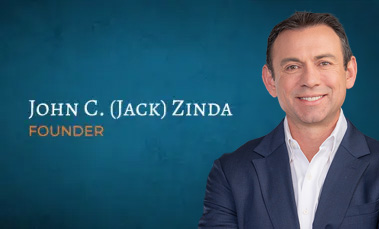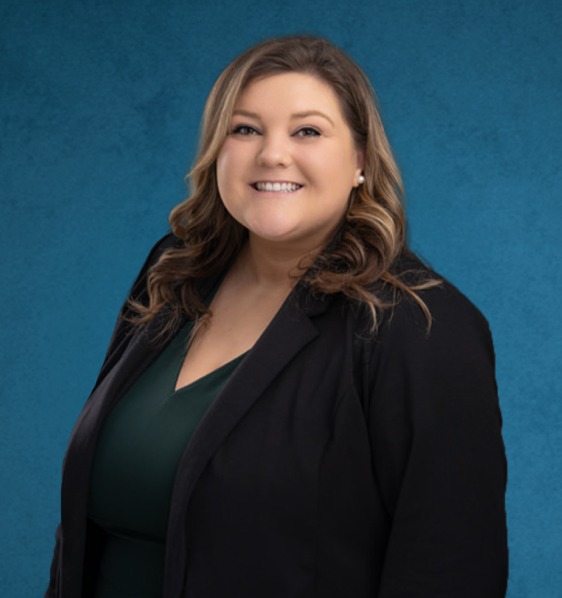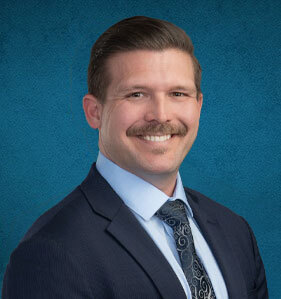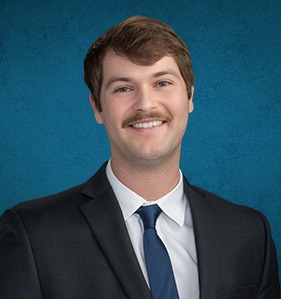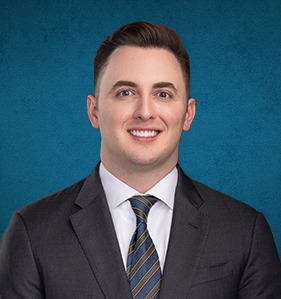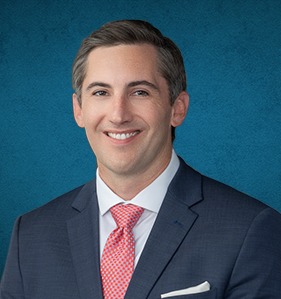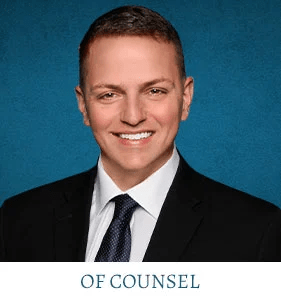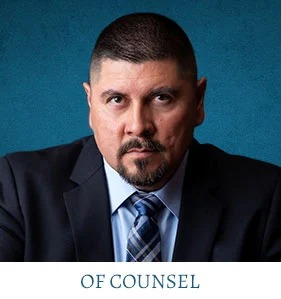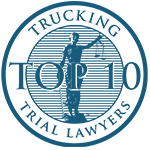CALL (800) 863-5312 to speak with our experienced Tucson Commercial Vehicle accident lawyers
Tucson commercial vehicle accident lawyers advocate for victims who, through no fault of their own, have suffered tremendously from the negligence of commercial vehicle drivers. One driver’s failure to take proper care during a long haul or routine commute can impact a victim for years or for life. One employer’s failure to implement proper safety measures can lead to disaster.
Commercial drivers and their employers should be held liable for their negligence toward motorists. This article will discuss how a personal injury lawyer in Tucson can help you if you have been involved in such an accident, how such accidents can occur, and what your case will look like if you bring your personal injury claim to negotiation or court. If after reading it you have specific questions because a commercial driver hurt you, call a Zinda Law Group attorney at (800) 863-5312 for your free consultation.
What can an Injury lawyer near me do to help my case?
Arizona has a two-year statute of limitations for personal injury claims, meaning that from the day the car accident occurs, you have two years to bring your claim. If you are unable to file your complaint within that two-year window, you have missed your opportunity to recover against the person who caused your injury.
A Tucson injury lawyer can help you not only meet that window in the statute of limitations but also know which court to file in and what kind of claim to file. From there, the attorney can help investigate whom he or she needs to talk to, gather the evidence to prove the elements of your claim, and negotiate a settlement.
Gathering the Right Witnesses
Immediately following the accident, you might be disoriented and afraid; your ability to gather information at the scene of the crashed may have been compromised by a serious injury or emotional response. When you or someone else at the site calls the police to the accident, that police files a crash report that becomes publicly available a few days later. Get a copy because the report will contain the names, contact information, and insurance companies of the drivers and passengers involved in the crash.
If you were able to gather information at the accident scene, perhaps you already have that information and can check it against the report. You might also have pictures that you took with your phone and the names and contact information of people who saw the crash and can attest that you did not cause it.
A personal injury attorney can communicate with the people who saw the accident, the commercial vehicle driver’s employer, the commercial vehicle driver, and other witnesses to find out who will make a good witness for you. The lawyer can then schedule depositions with these parties to find weaknesses in the defendant’s case and determine the best strategy for negotiating a settlement.
Gathering the Right Evidence
In addition to finding the right people to establish the facts of your case, you will also need to provide evidence of your injuries. If you noticed any unusual pain after the crash, you probably began seeing your doctor. Even if you have not meticulously kept documentation of your doctor’s visits and treatments, your attorney can request that your medical provider send those documents to the law firm and put those records on file.
Evidence of your economic damages includes all documentation that shows you suffered a financial harm as a result of the accident. It includes wages that you missed out on from the time you were unable to work, medical diagnoses, treatment, follow up visits, referrals, surgeries, X-rays, MRIs, etc.
Negotiate a Settlement
Hopefully, you are getting a sense of how important the facts of your case are. As your attorney begins to interview witnesses to continue gathering the facts of your case, it will become clearer whether you can prove that the commercial vehicle driver was negligent; this information helps the parties decide on an appropriate settlement amount based on their chances of success at trial. If there are still questions of fact after the evidence-gathering stage—that is, if some of the facts are disputed or unclear—and the plaintiff and defendant cannot agree on a settlement amount, there could be a jury trial.
The driver’s lawyer, employer, employer’s lawyer, insurance company, and any other adverse parties will try to avoid compensating you the proper amount by poking holes in your story and showing that the driver or employer was not negligent. Your lawyer will try to do the same to the adverse parties. If your case turns out to be weaker than you or your attorney originally anticipated, the attorney will know when to settle rather than go to trial.
The amount you receive in settlement is based on the amount of economic and noneconomic damages you incurred. We already discussed the possible economic damages to which a personal injury victim might be entitled, but there are also noneconomic damages; noneconomic damages are to cover the victim’s pain and suffering from the injury. In very rare cases, courts will award punitive damages to punish the tortfeasor and deter people from such conduct in the future.


